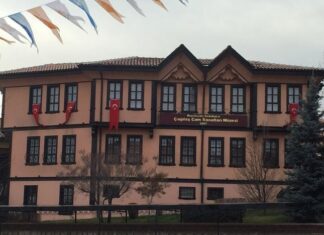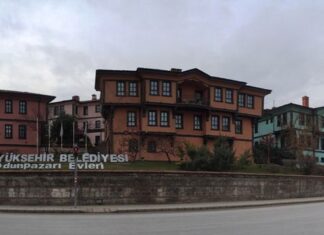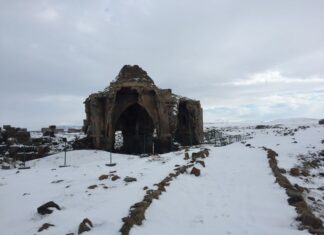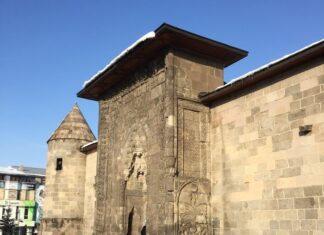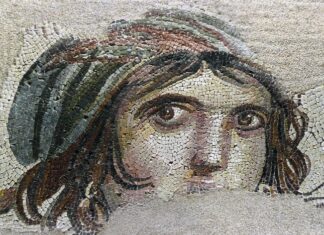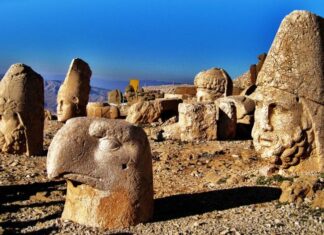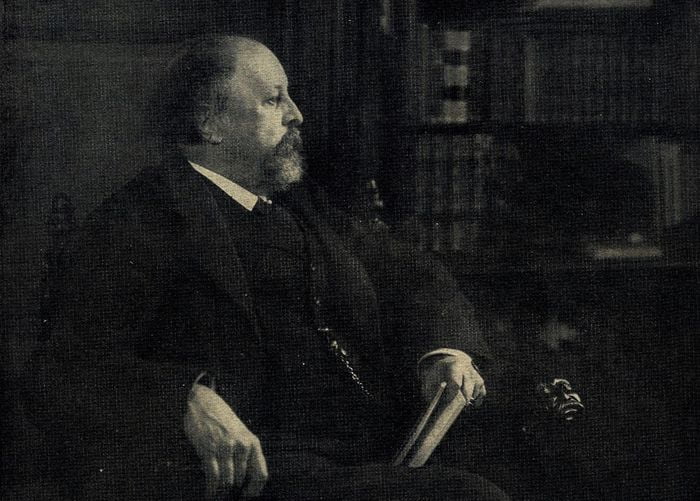Home Blog
The 1945 Elections and Communist Manipulation
The Fatherland Front List
In July 1945, the Soviet authorities in Bulgaria announced that parliamentary elections would be held within a month. However, they also...
The Communist Takeover After September 9 1944
The Role of the Red Army
After the coup of September 9, 1944, the Bulgarian Communists, supported by the presence of the Soviet Red Army,...
The Fall of Moravievs Government
A New Attempt at Change
On September 2, 1944, Konstantin Moraviev became prime minister of Bulgaria, replacing the government of Ivan Bagrianov. Moraviev tried to...
The Second Bulgarian Kingdom
After the fall of the First Bulgarian Empire in 1014, Bulgaria remained under Byzantine rule for over 170 years. During this time, the Byzantine...
The Decline of the First Bulgarian Empire
Shortly after the death of King Simeon I in 927, the First Bulgarian Empire began to decline. Bulgaria had been weakened by two centuries...
The Expansion of Bulgaria
After the fusion of Slavs and Old Bulgarians, the new people, called Bulgarians, began to expand their territory. They moved south into Thrace and...
The Oversupply of Clergy
A simple calculation shows that in Greece there is roughly one priest for every two hundred people. This means the clerical profession is crowded,...
The King and His Faith
King George of Greece is a Protestant. He is the son of King Christian of Denmark, who was often called “the father-in-law of Europe.”...
The Queen Olga Controversy
The Riot and Its Consequences
The translation of the Bible into modern Greek caused a serious crisis in Athens. The controversy escalated into violence, and...
